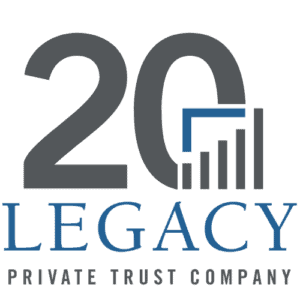The IRS has finalized its proposed rule concerning required minimum distributions (RMDs), detailing requirements for distributions from qualified retirement plans, such as IRAs, during the plan participant’s lifetime and after their passing.
Overview of Required Minimum Distributions
Required Minimum Distributions (RMDs) are the minimum amounts that must be withdrawn annually from a qualified retirement plan starting at a certain age. The SECURE Act raised this age from 70½ to 72, and SECURE 2.0 further modifies these requirements. The purpose of RMDs is to ensure that retirement savings are eventually taxed, as these contributions were often made with pre-tax dollars.
Key Provisions of the Final Rule
Required Beginning Date and Distribution Period: The final rule establishes a required beginning date for distributions in accordance with the legislative mandates of the SECURE and SECURE 2.0 Acts. It specifies the period within which the participant’s entire interest must be distributed. The required beginning date is generally April 1 of the year following the year in which the participant turns 72 (or 73, as per SECURE 2.0 modifications).
The 10-Year Rule for Eligible and Ineligible Beneficiaries: The rule clarifies the application of the new 10-year distribution rule for eligible beneficiaries—including a participant’s spouse, minor child, a chronically ill or disabled individual, or another beneficiary not more than 10 years younger than the participant—and for other “ineligible” beneficiaries.
- Eligible Beneficiaries: These beneficiaries have some discretion regarding the manner and timing of distribution of their inherited interest. They can stretch the distributions over their lifetime, providing significant tax advantages and financial planning flexibility.
- Ineligible Beneficiaries: These beneficiaries must have their entire interest distributed within a 10-year timeframe. This rule applies to most non-spouse beneficiaries, which limits the ability to defer taxes over a more extended period.
Considerations for Trustees and Custodians
In response to the American Bankers Association’s (ABA) concerns, the IRS has made significant adjustments to the final rule. The agency agreed that banks should not be responsible for maintaining or safeguarding a beneficiary’s private health care information, which is unnecessary for fulfilling their role as IRS trustee/custodian. Consequently, the agency accepted the ABA’s recommendation that IRA trustees and custodians should not be required to obtain documentation of an eligible beneficiary’s disability or chronic illness, unlike plan administrators.
Additionally, the IRS has shown its respect for the ABA’s expertise by concurring with the association’s suggestion that the final rule’s applicability date should be prospective rather than retroactive, as originally proposed. This prospective application allows financial institutions and beneficiaries adequate time to adjust to the new requirements.
Implementation and Effective Date
The final rule will be effective as of September 24 and will apply to determining RMDs for calendar years beginning on or after January 1, 2025. This timeline provides sufficient time for plan administrators, trustees, and custodians to implement the necessary changes and for participants and beneficiaries to plan their distributions accordingly.
This new rule, designed to provide clarity and fairness in the administration of RMDs, strikes a balance that respects the interests of the IRS, financial institutions, and plan participants. It aims to ensure a level playing field for all parties involved.
If you are a Legacy client and have questions, please do not hesitate to contact your Legacy advisor. If you are not a Legacy client and are interested in learning more about our approach to personalized wealth management, please contact us at 920.967.5020 or connect@lptrust.com.
This newsletter is provided for informational purposes only.
It is not intended as legal, accounting, or financial planning advice.




